Premium Only Content
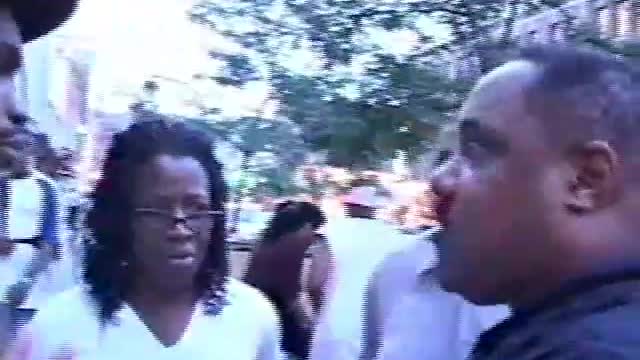
Bobby Hemmitt - Post Traumatic Slave Syndrome
Bobby Hemmitt Post Traumatic Slave Syndrome
POST-TRAUMATIC SLAVE SYNDROME
P.T.S.S. is a theory that explains the etiology of many of the adaptive survival behaviors in African American communities throughout the United States and the Diaspora. It is a condition that exists as a consequence of multigenerational oppression of Africans and their descendants resulting from centuries of chattel slavery. A form of slavery that was predicated on the belief that African Americans were inherently/genetically inferior to whites. This was then followed by institutionalized racism which continues to perpetuate injury.
Thus, resulting in M.A.P.:
M: Multigenerational trauma together with continued oppression;
A: Absence of opportunity to heal or access the benefits available in the society; leads to
P: Post Traumatic Slave Syndrome.
Under such circumstances these are some of the predictable patterns of behavior that tend to occur:
KEY PATTERNS OF BEHAVIOR REFLECTIVE OF P.T.S.S.
Vacant Esteem
Insufficient development of what Dr. DeGruy refers to as primary esteem, along with feelings of hopelessness, depression, and a general self-destructive outlook.
Marked Propensity for Anger and Violence
Extreme feelings of suspicion perceived the negative motivations of others. Violence against self, property, and others, including the members of one’s own group, i.e. friends, relatives, or acquaintances.
Racist Socialization and (internalized racism)
Learned Helplessness, literacy deprivation, distorted self-concept, antipathy, or aversion for the following:
The members of ones own identified cultural/ethnic group,
The mores and customs associated with ones own identified cultural/ethnic heritage,
The physical characteristics of one’s own identified cultural/ethnic group.
The Study Guide is designed to help individuals, groups, and organizations better understand the functional and dysfunctional attitudes and behaviors that have been transmitted to us through multiple generations; behaviors that we are now transmitting to others in our environments of home, school, and work and within the larger society. The Guide encourages and broadens the discussion and implications about the specific issues that were raised in the book “Post Traumatic Slave Syndrome: America’s Legacy of Enduring Injury and Healing.”The Study Guide provides useful and practical tools to help the reader develop skills aimed at transforming negative attitudes and behaviors into positive ones.
Show some love
buymeacoffee.com/semkolom
-
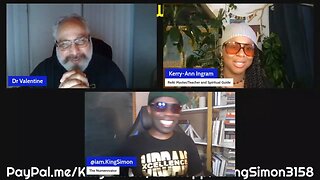 1:51:51
1:51:51
ime
1 year agoMan and Woman : The experience, not a job description | Dr. Phil Valentine | Amen Ra 'Bam'
1.13K -
![Mr & Mrs X - [DS] Trafficking Empire – How Epstein Built His Web of Wealth and Deceit:Part 1 - Ep 5](https://1a-1791.com/video/fww1/f0/s8/1/o/k/J/d/okJdz.0kob-small-Mr-and-Mrs-X-DS-Trafficking.jpg) 52:11
52:11
X22 Report
4 hours agoMr & Mrs X - [DS] Trafficking Empire – How Epstein Built His Web of Wealth and Deceit:Part 1 - Ep 5
79.3K20 -
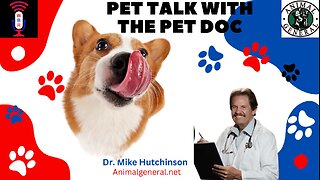 1:13:18
1:13:18
Wendy Bell Radio
8 hours agoPet Talk With The Pet Doc
50.8K67 -
 5:54:39
5:54:39
dieseldesigns
6 hours agoExploring Labs In the DARK! // Abiotic factor
9.16K -
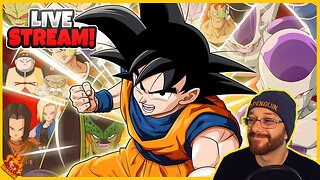 LIVE
LIVE
BBQPenguin_
6 hours agoDragonball Z - The Android Saga
100 watching -
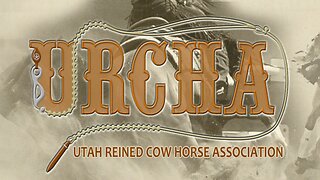 LIVE
LIVE
Total Horse Channel
6 hours ago2025 URCHA Futurity | Derby & Horse Show | Saturday
39 watching -
 LIVE
LIVE
DynastyXL
6 hours ago🔴LIVE: Fortnite The Comeback Stream Starts Here🎃
45 watching -
 1:38:57
1:38:57
njgaming23
4 hours agoCoffee and Morning vibes #rumbletakeover
11K -
 1:09:19
1:09:19
Ami's House
2 days ago $18.45 earnedWhen Defending Israel Backfires: Are We Pushing Our Last Friends Away? With Karys Rhea
183K194 -
 8:13
8:13
WhaddoYouMeme
22 hours ago $1.69 earnedThis Gets More Tragic By The Second
14.3K10